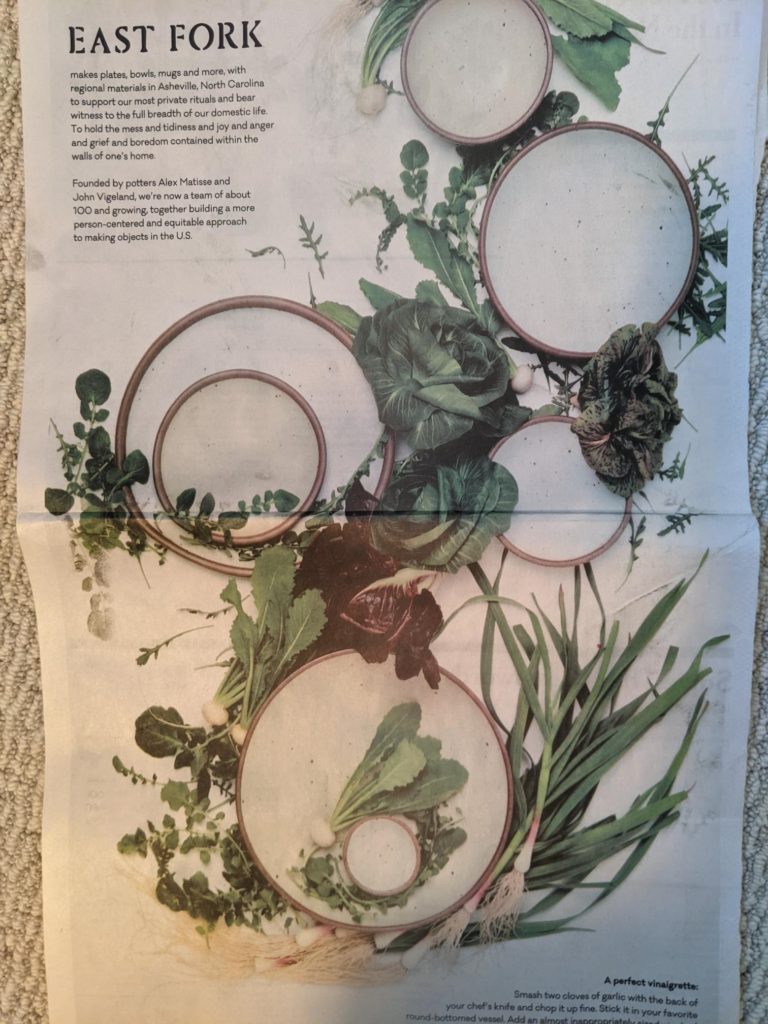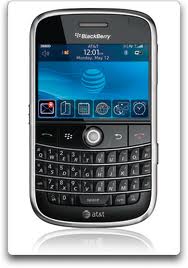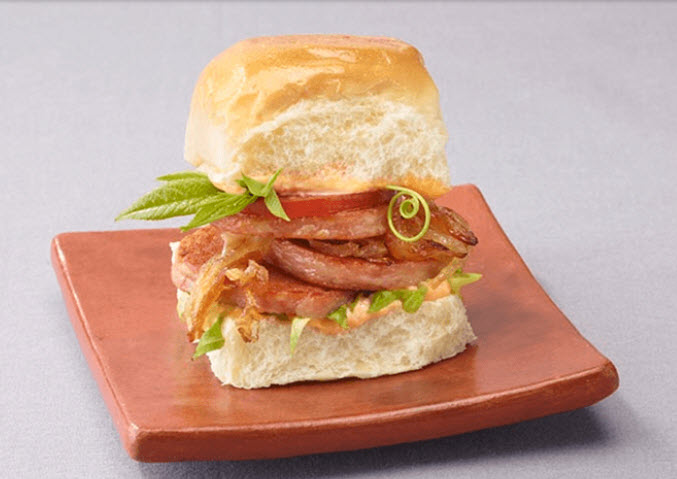East Fork Pottery Ad.
“East Fork makes plates, bowls, mugs and more, with regional materials in Asheville, NC to support our most private rituals and bear witness to the full breadth of our domestic life. To hold the mess and tidiness and joy and anger and grief and boredom contained within the walls of one’s home.
Founded by potters Alex Matisse and John Vigeland we’re now a team of about 100 and growing, together building a more person-centered and equitable approach to making objects in the U.S.”
East Fork is a pottery manufacturer in my home town of Asheville. I first took notice when they did a full page add in the New York Times Sunday Magazine. Quite an expense. The words above are copy from another ad, this one from last Sunday’s New York Times national paper.
I don’t know what to make of the ad. The visual of organic greens and plates is wonderful. And they even throw in a vinaigrette recipe. But the copy, while poetic, is a bit over the top. I’m not sure I use plates to organize my messy life. (Or do I?) Nor am I sure they are there to contain my boredom. (Or are they?) As for private rituals? Umm. I guess over time tableware can become part of the family but can a pottery company be my confessor. My shrink?
The copy is Asheville crunchy. I get where they’re going. And I applaud it. But perhaps a bit less glaze in the future??? Nah. Keep it up.
Peace.




